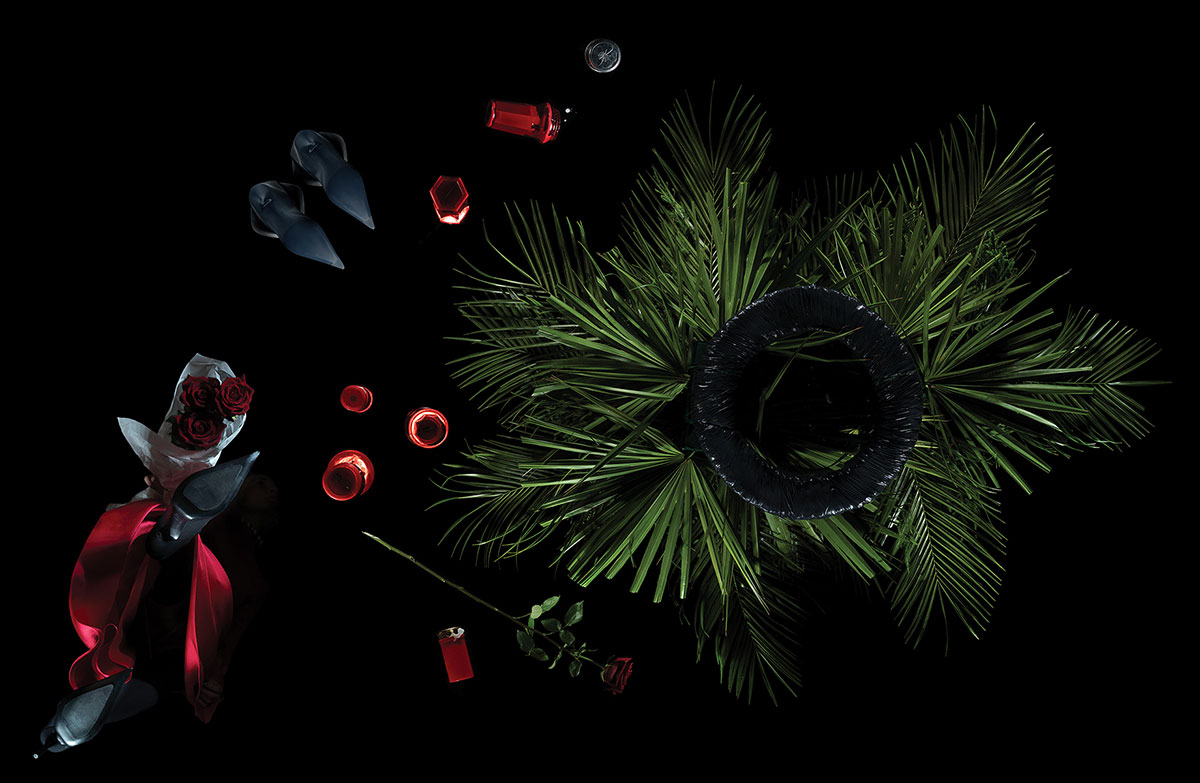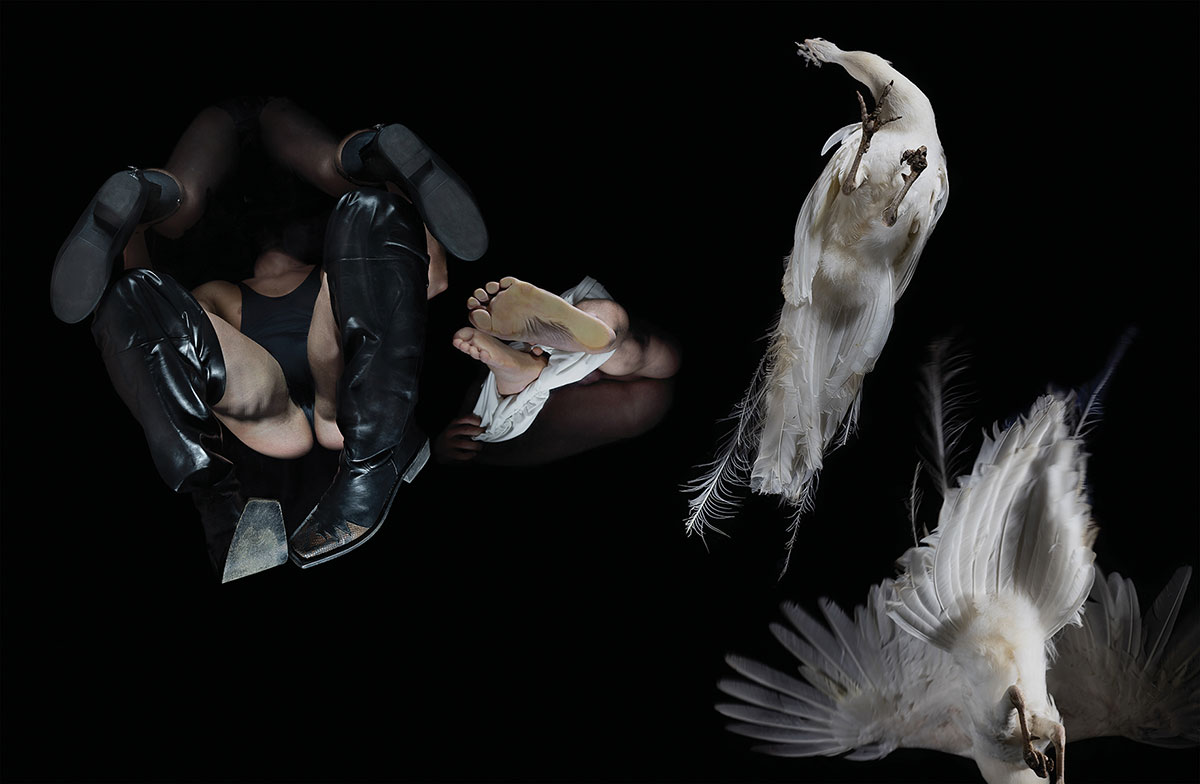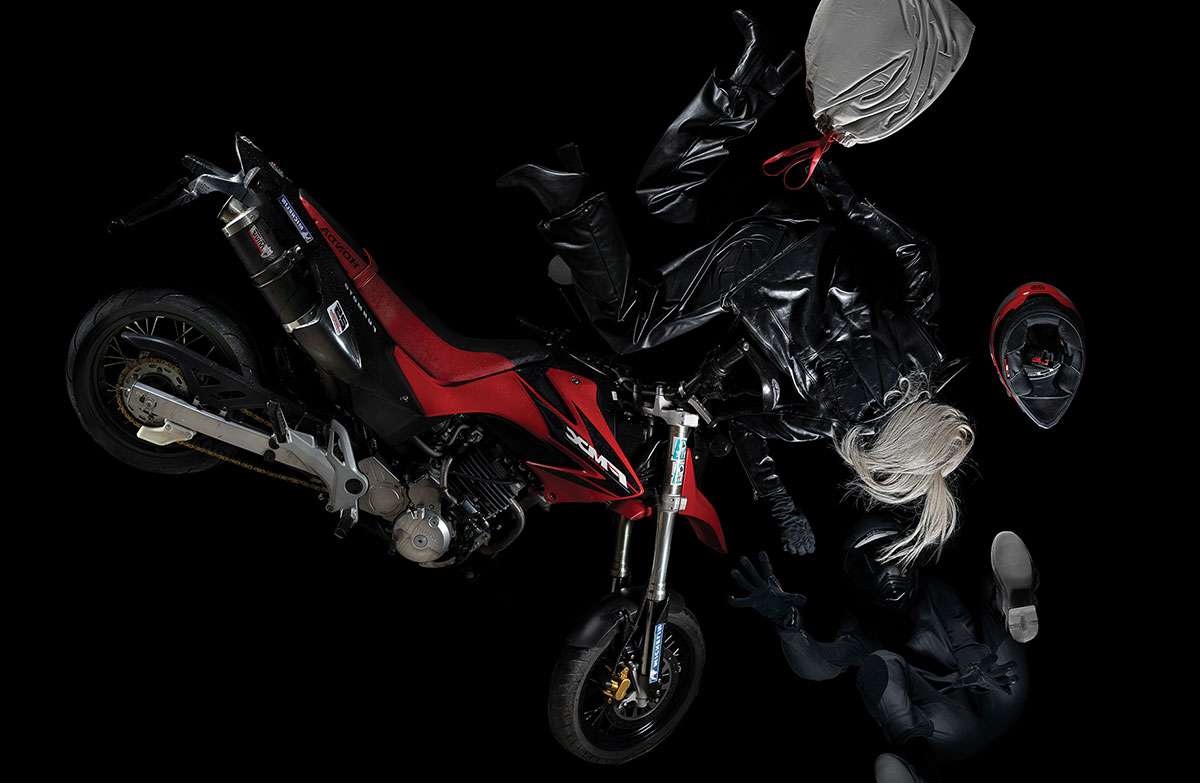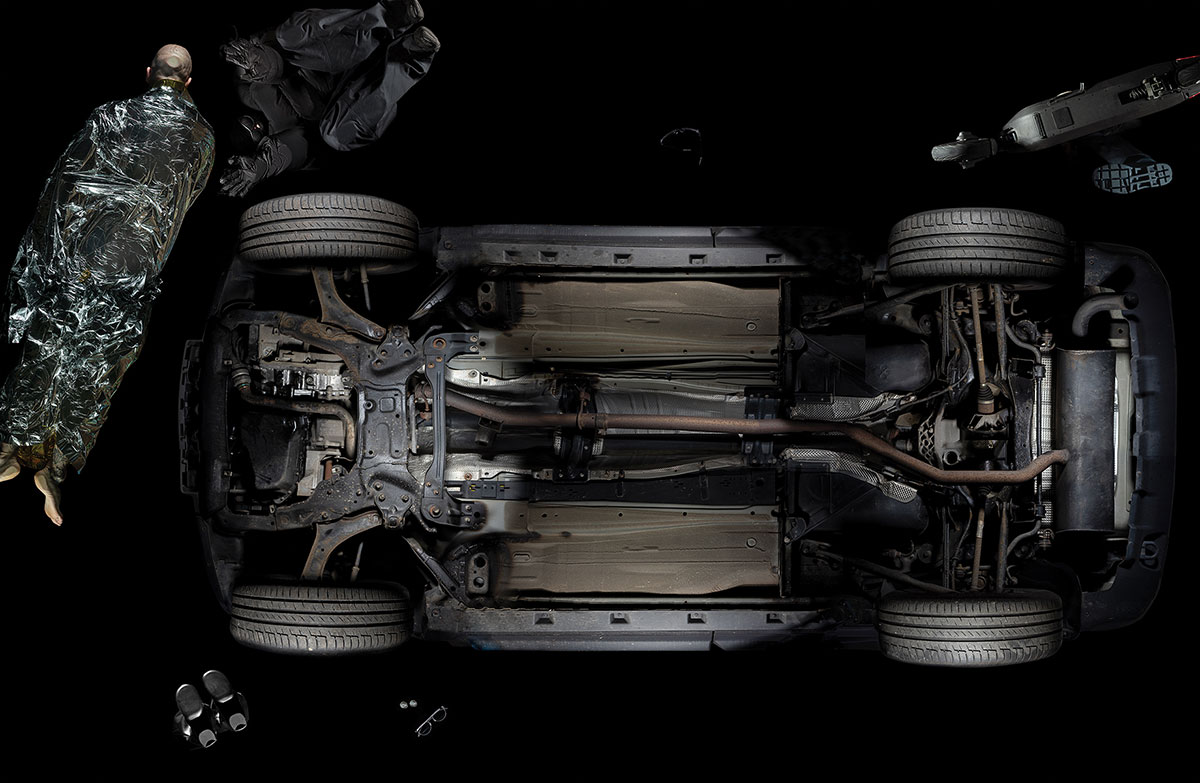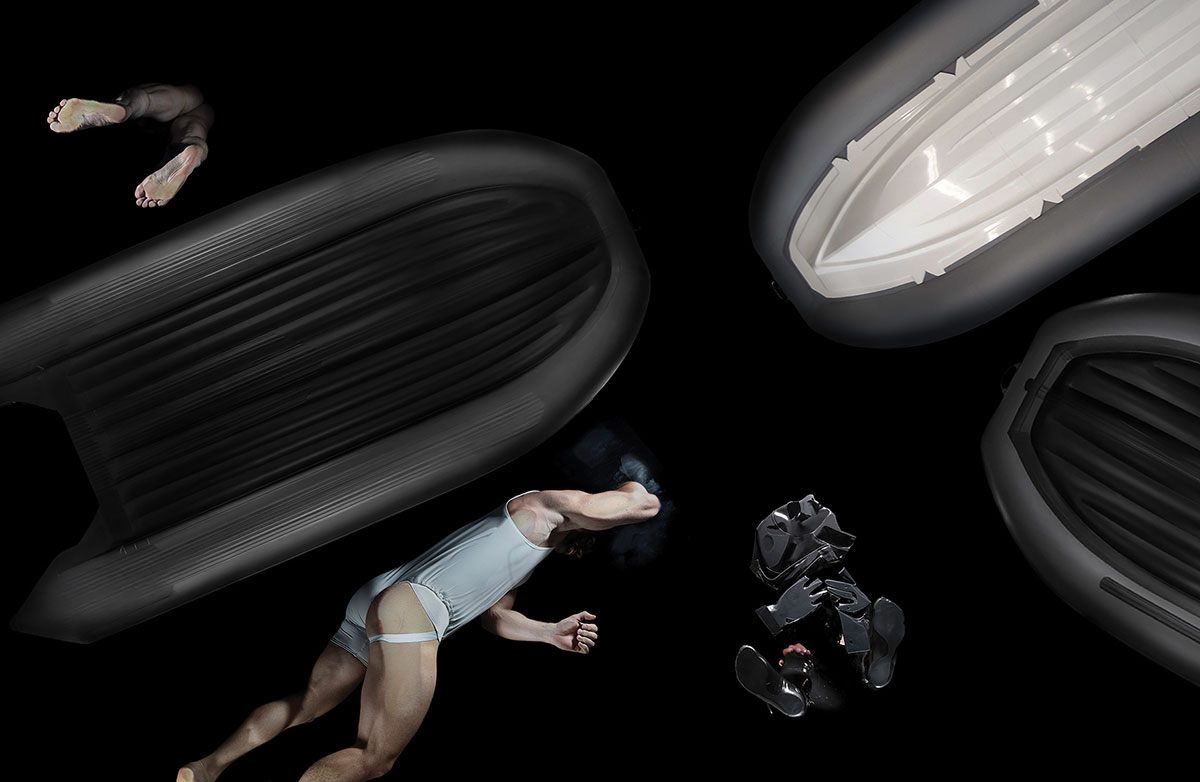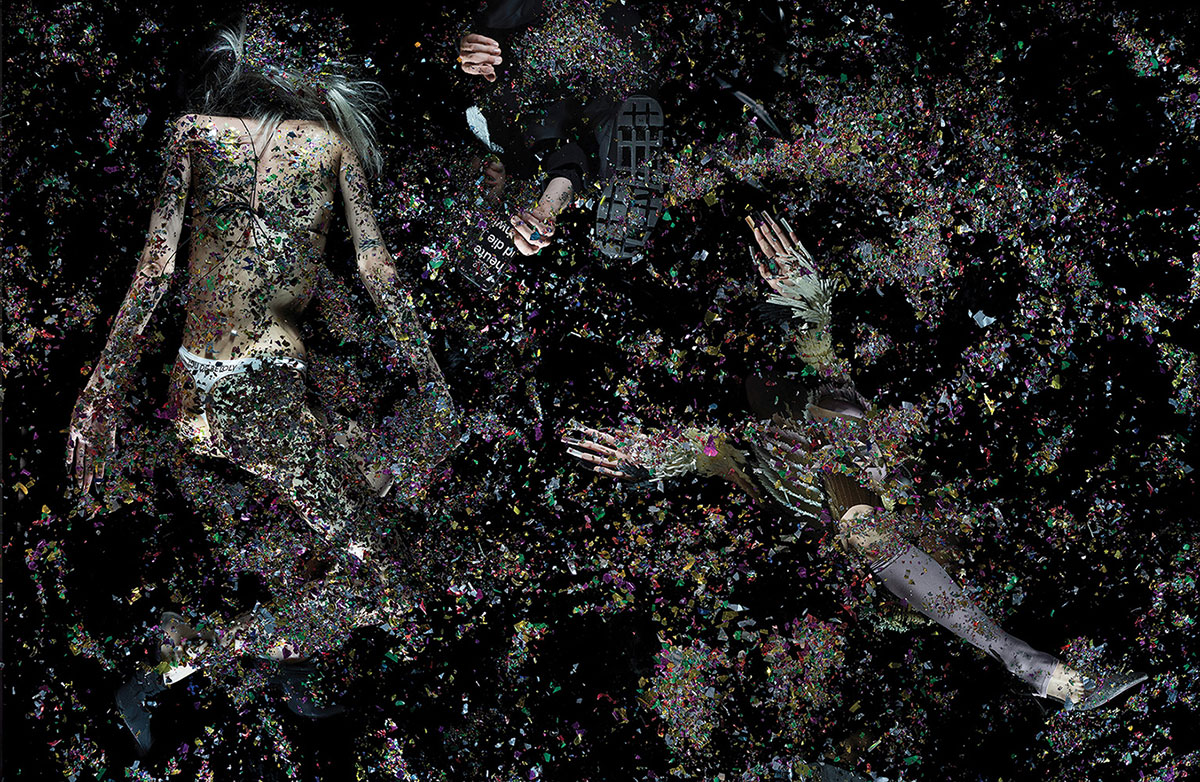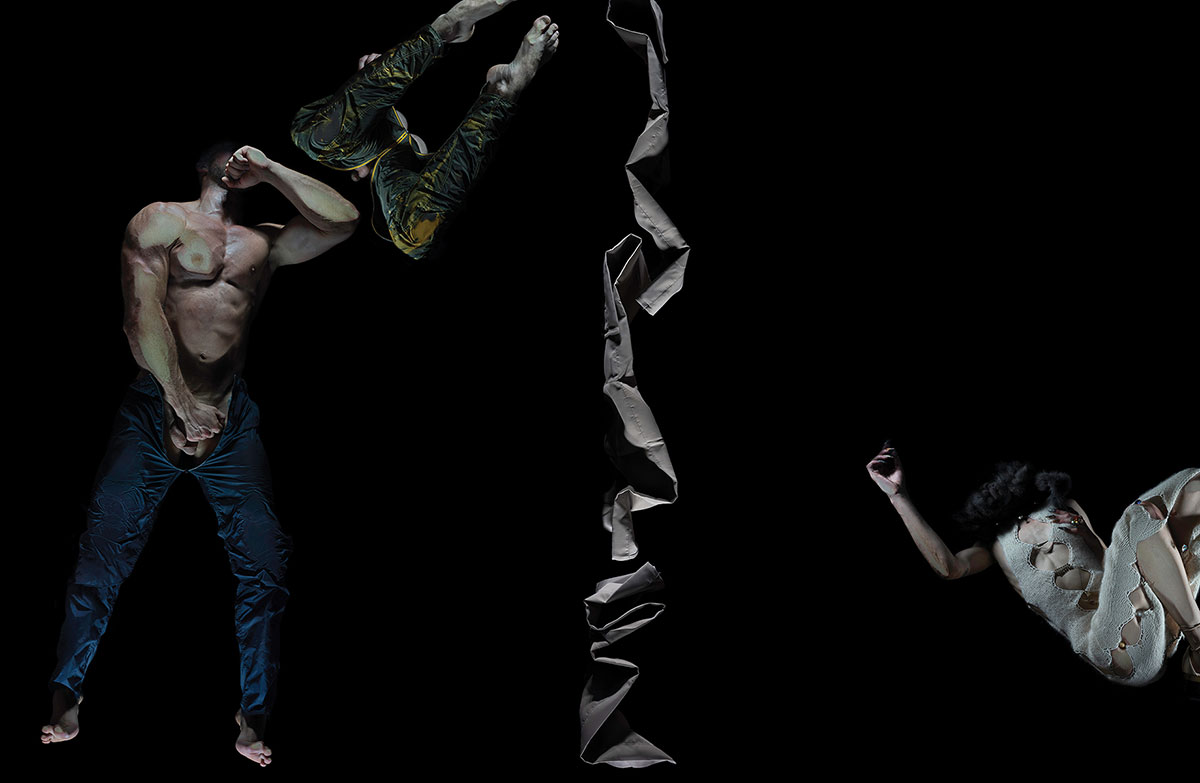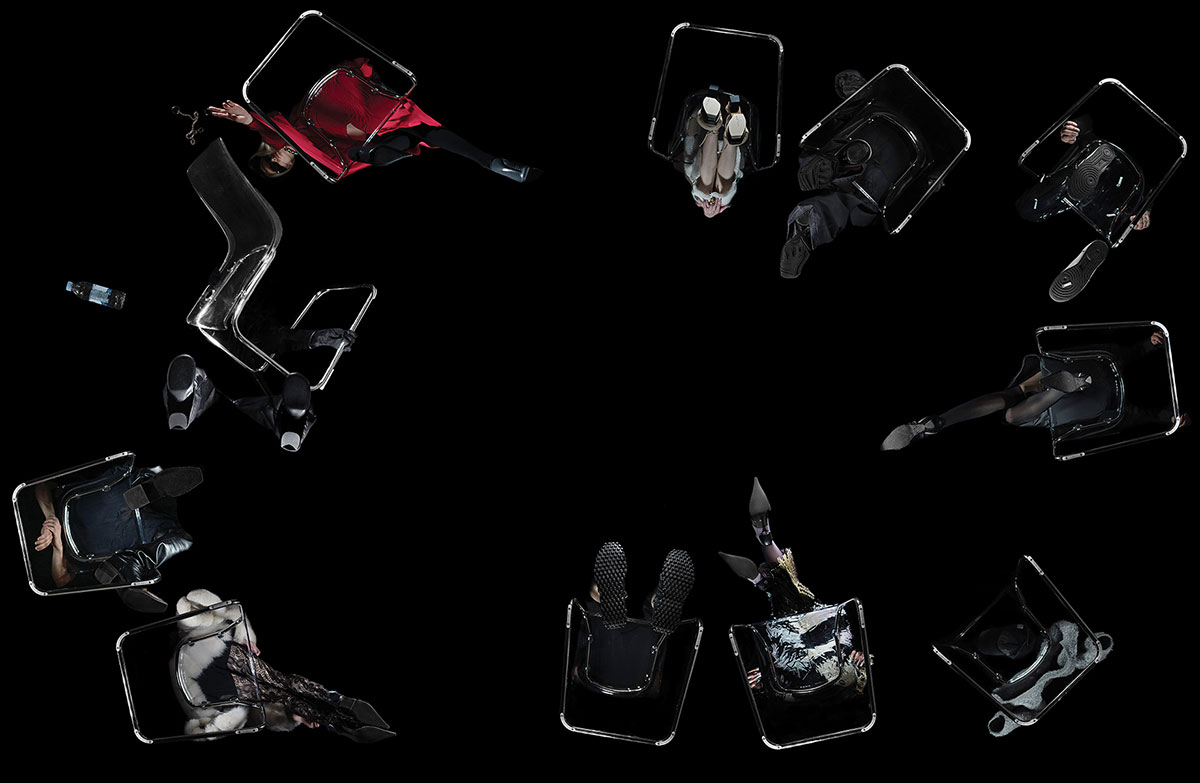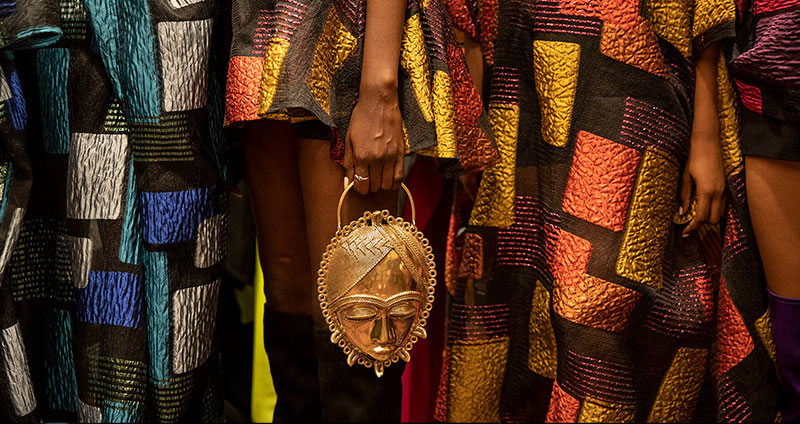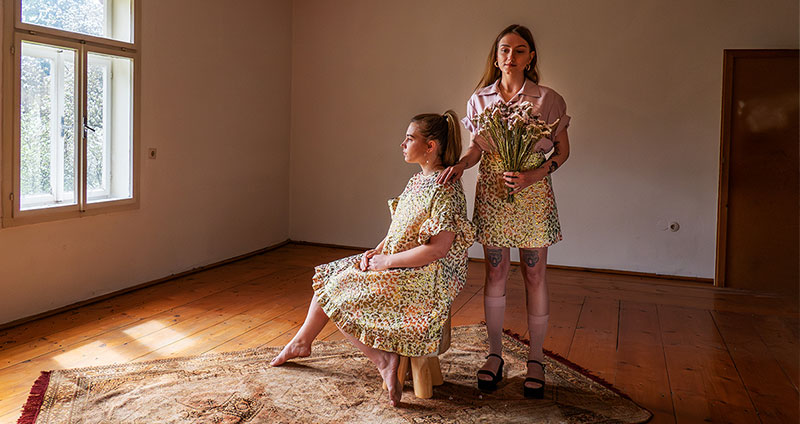Born: 1991, Croatia
Profession: Art Director
Lives & works in: Čakovec, Croatia
The best portraits make us feel like we are standing face-to-face with our loved ones. In that sense, portraiture is marked by a lack, a sense of almost (but never quite) being like an encounter with the person we know or love. But what if portraiture could outdo reality and offer an encounter more intimate than the real? What is intimate is that which is closest to us emotionally, precisely because it is also closest to us spatially. Yet even in the firmest hug, the constraints of the physical world prevent us from uniting fully; two bodies cannot inhabit the same point in space.
The SCAN project rejects this notion. Using a scanner-like camera, Horvatić shoots his subjects in such a way that the viewer is offered a point of view that is literally shared with the portrait subject: I look at you from where you are. Collapsing distance between bodies, the portraits in SCAN fulfill that fantasy of a complete fusion between viewer and viewed which the cruelty of the physical world renders impossible.
Shot from below, however, the scan-like photographs take as much as they give, for they refuse to allow the viewer insight into the part of the body we most immediately associate with identity— the face. If faces are the focal point of another’s identity, then Horvatić’s faceless bodies make us question whether we are really looking at another individual at all. Like the Greek mythological character Narcissus, the viewer stands transfixed by what only seems to be the beautiful body of someone else.
Still, the unexpected perspective of Horvatić’s photographs pushes beyond the issues inherent in the Narcissus myth. For despite the supposed impersonality of scanning technology, a “scanner” is both a device and the person who operates it. With SCAN, Horvatić thus reveals that an encounter with a portrait always relies on the presence of a third body, that of the artist. Multiple bodies, standing in the same spot, stand in for one another. Identity, after all, is sameness. – Roko Rumora

